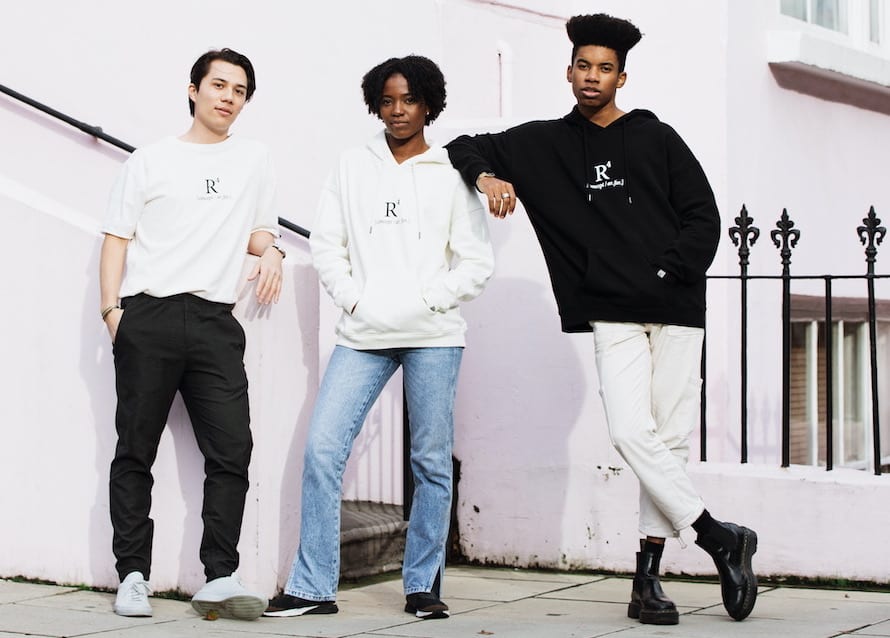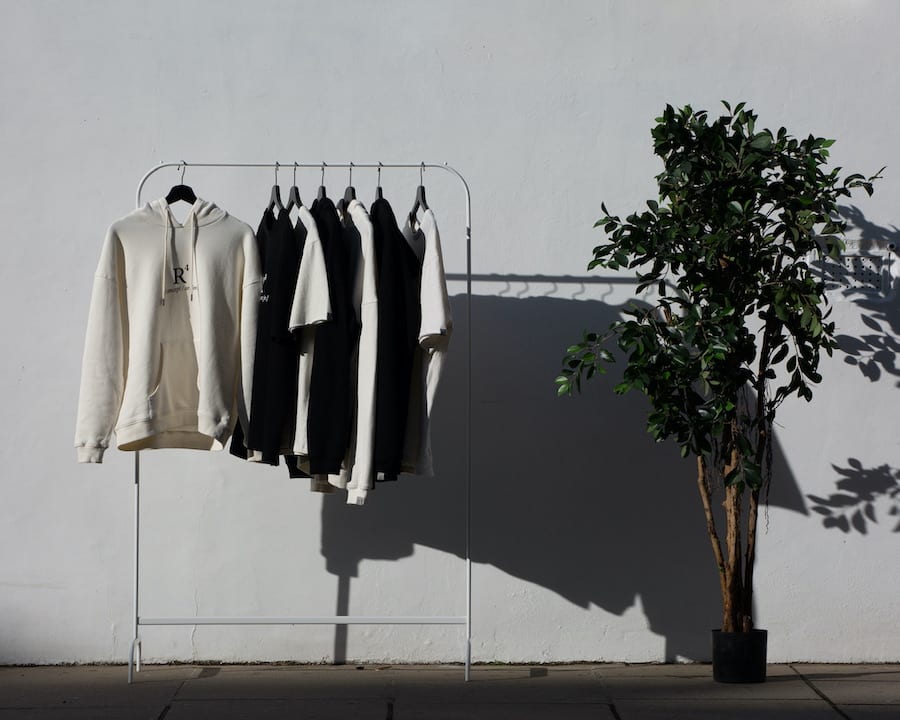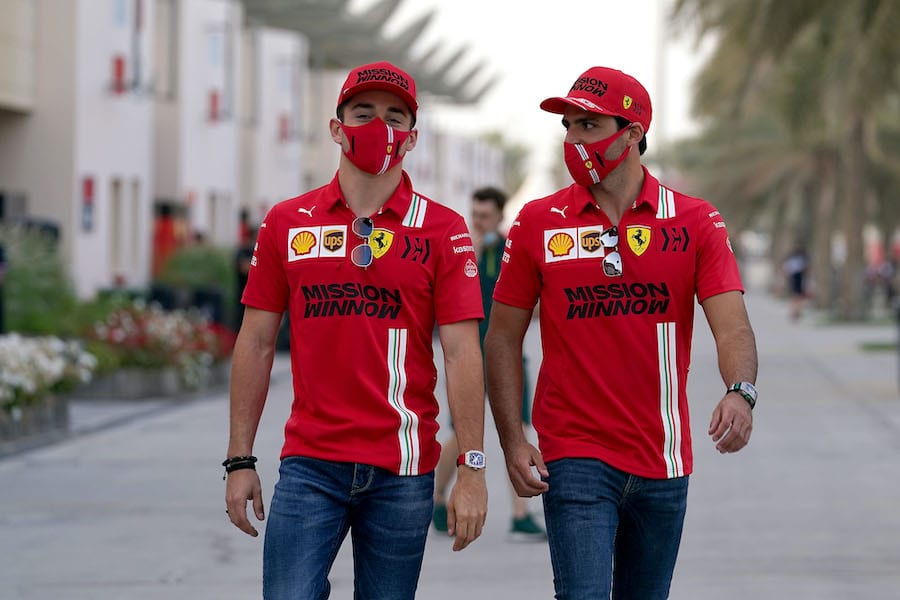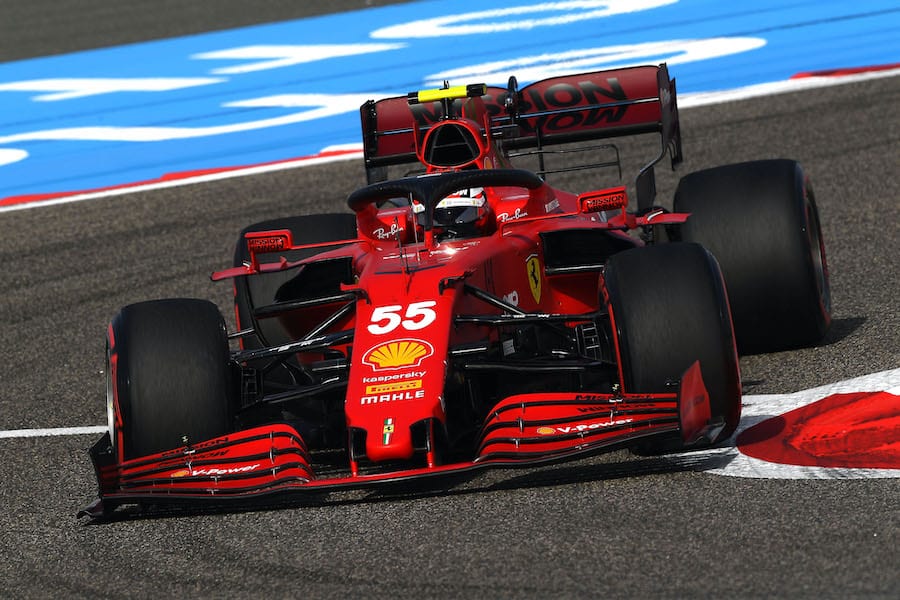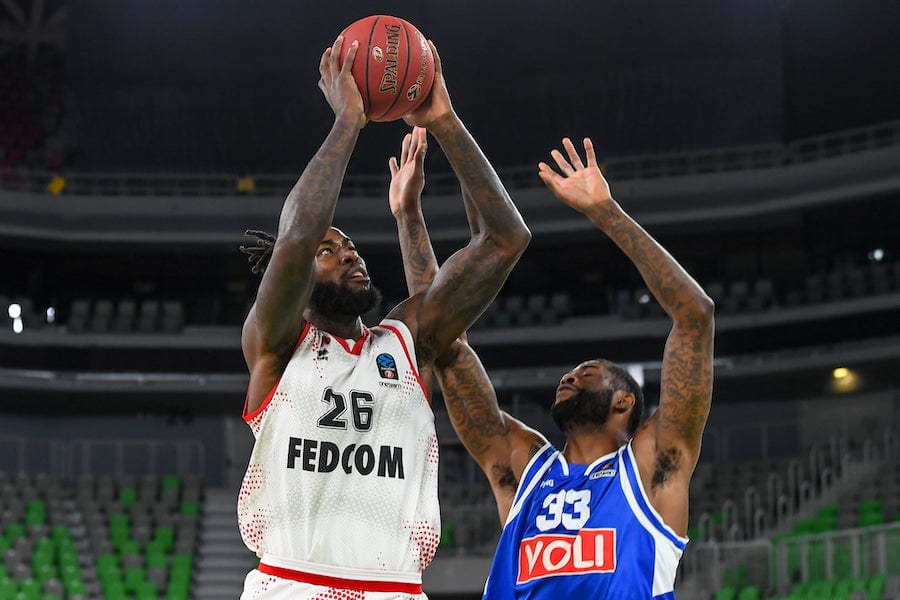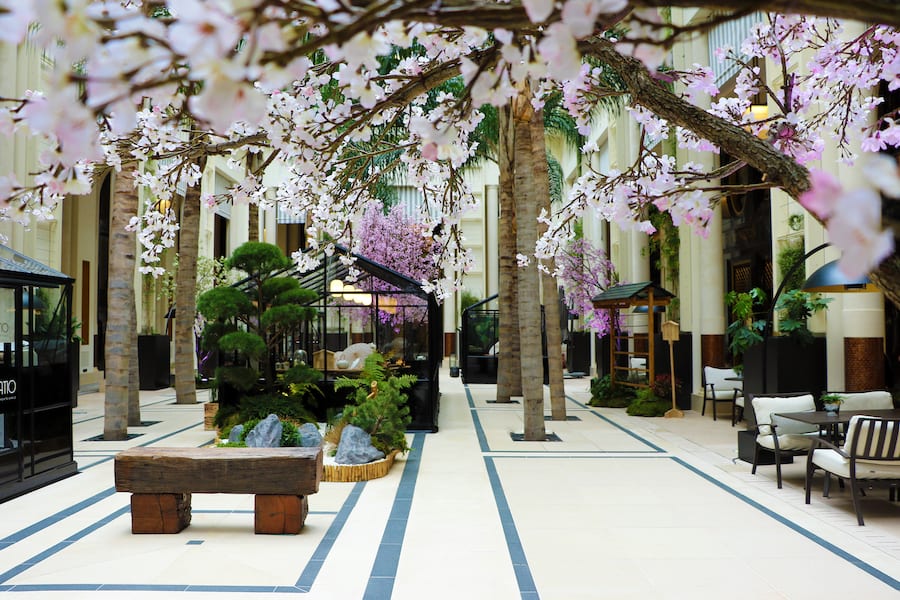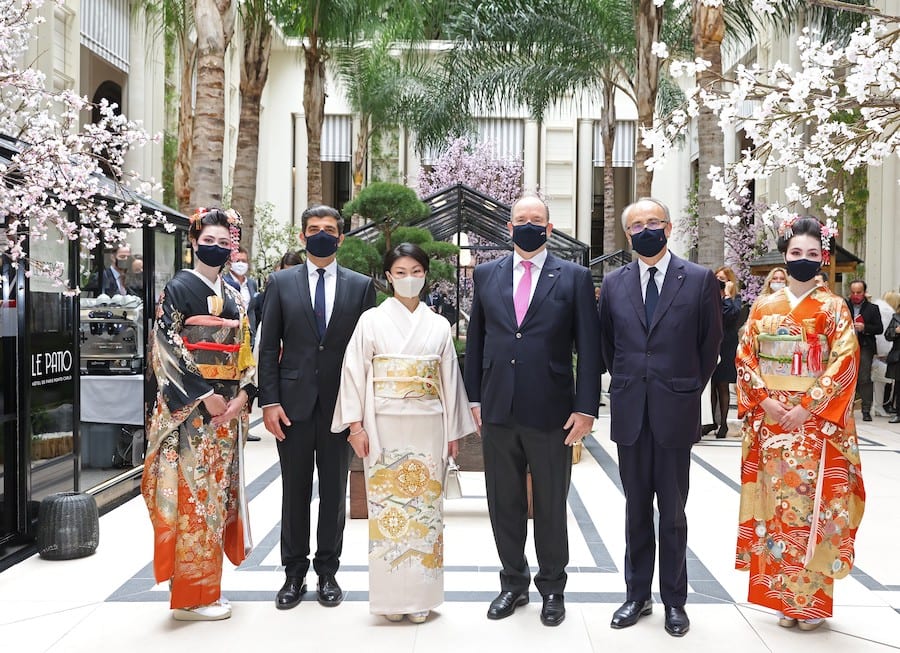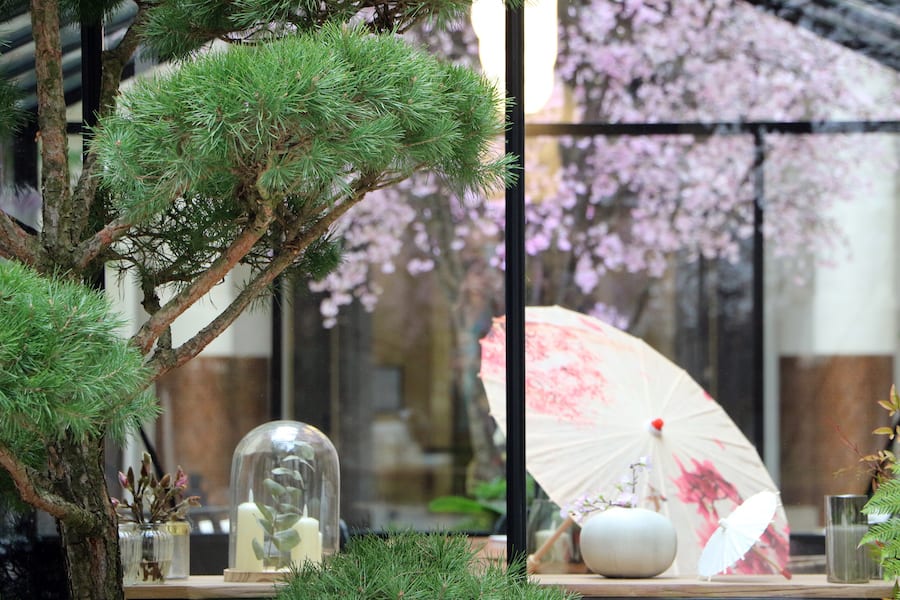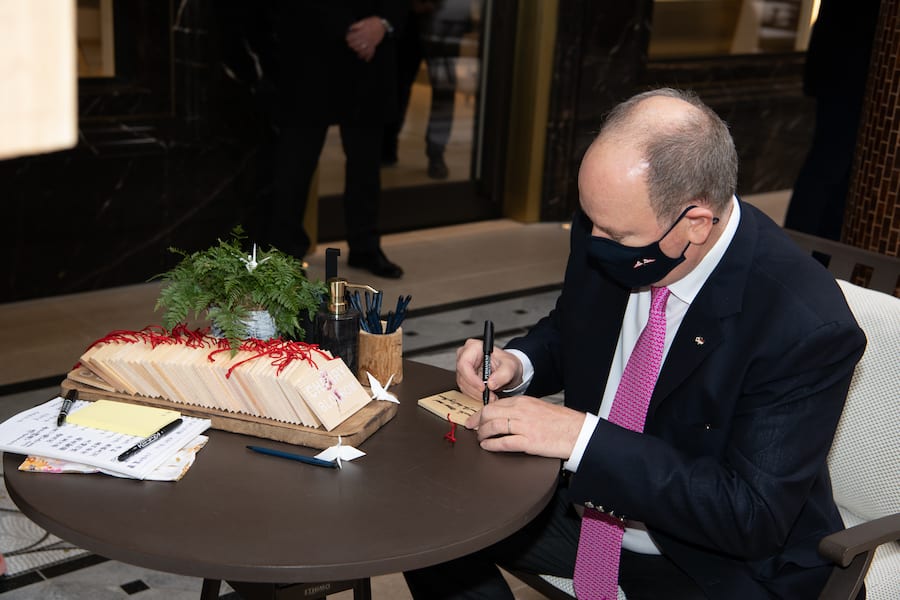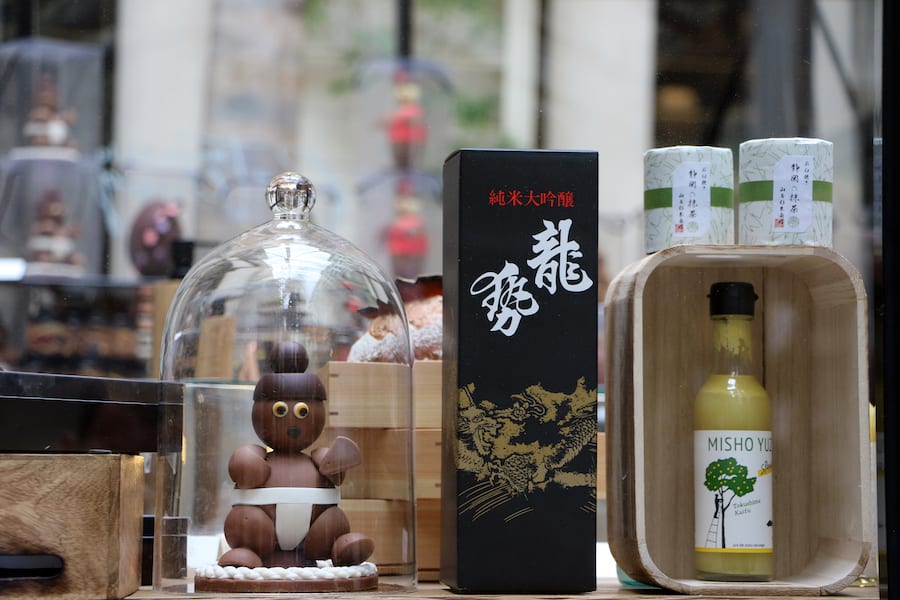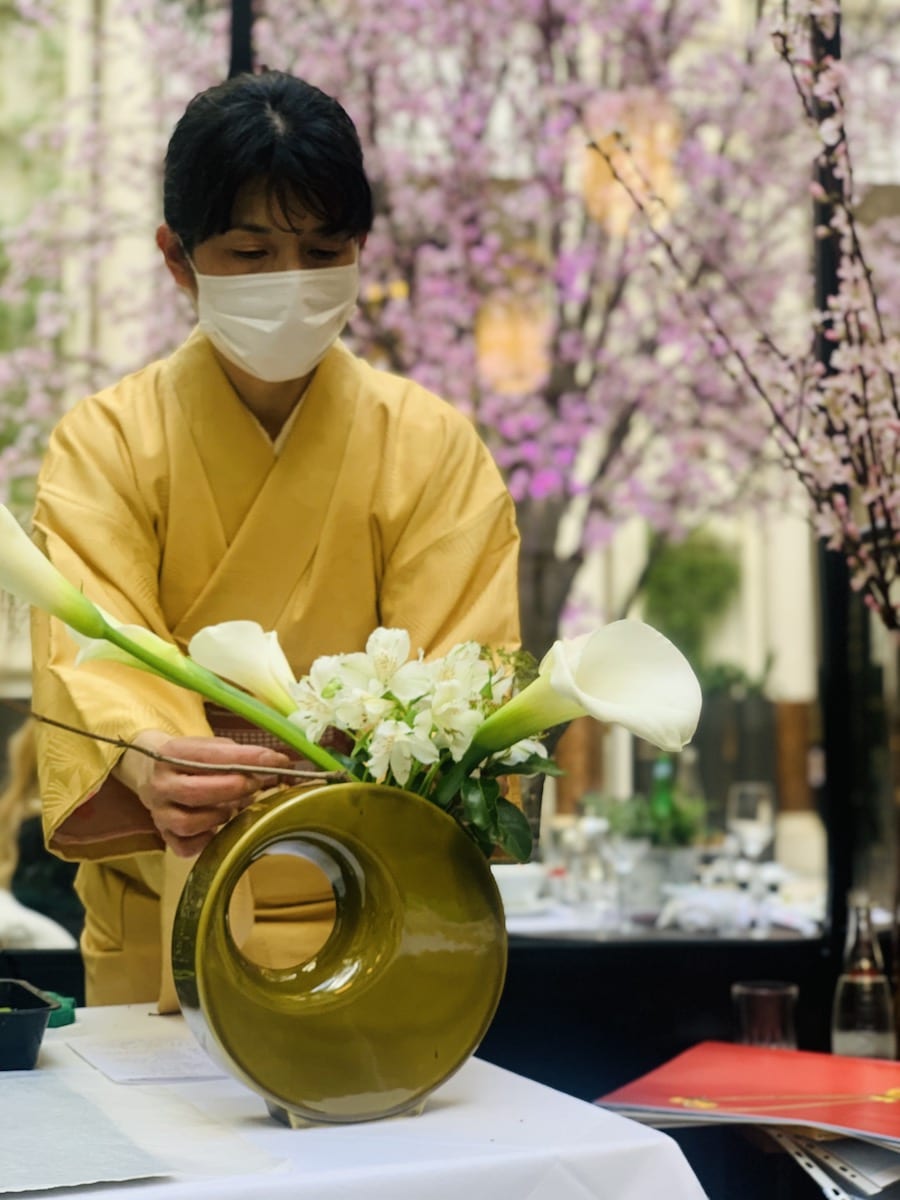What does it take to be an environmentally conscious entrepreneur nowadays? Monaco Life speaks to Angelo and Tino Legrand, two 20-something brothers raised in the Principality, who have set their sights on normalising sustainability in the fashion industry with their new R4 clothing line.
Born to a Danish mother and Belgian father, Angelo and Tino Legrand spent their childhoods in one of the most sustainably-minded countries in the world – Monaco. At the ripe old age of 17, they moved to London for university studies: Angelo obtained a Bachelor’s degree in Earth, Energy and Sustainability and a Master’s degree in Sustainable Resources; Tino, a Bachelor’s degree in Geography, focusing on the interface between human and physical climate change.
It set the groundwork for a future in the business of sustainability, a future that was significantly accelerated by an unprecedented global health pandemic.
And here they are today: weeks into the launch of their new R4 sustainable clothing line and speakers at one of Monaco’s flagship sustainable events, Monaco Ocean Week.
Monaco Life: Tell us about your concept collection and what makes it sustainable?
Angelo and Tino Legrand: R4’s first collection, the Concept Collection, presents a blend which brings us back to the roots of the textile industry: hemp and certified organic cotton. Hemp is one of the earliest plants cultivated for textile fibres, and organic cotton is a sustainable alternative to conventional cotton, both of which showcase multiple environmental benefits in comparison to conventional fabrics.
Our Concept Collection is our first collection. It comprises of a hoodie and a tee-shirt, both available in natural and black colours. We decided to start simple, with products that are essential. We’ve also started with a heavyweight collection, due to the season we are in. The clothes are unisex, oversized and have a relaxed fit. Our designs are very minimalistic. Aside from the fact that we are from a Danish background and therefore like a minimalistic style, we decided to go for minimalistic and unisex designs so that our garments would fit all kinds of people with different styles.
Our colour choices reflect that same idea. Black and white are very basic colours that go with everything. The white is actually called “natural” as the garment has not been dyed (which is better for the environment), and the colour is unique to the hemp and organic cotton blend we’ve used.
We want our clothes to be wardrobe essentials, almost as if they can replace many clothes as they fit everything and everyone. A lot of us have too many clothes for different styles and different occasions, so why not bring that number down and reduce our environmental footprint by having less clothes that can be used in so many different settings?
Besides from using sustainable fabrics, we try to implement sustainability across our garments’ life cycle: from the materials and fabrics used in cultivation and production, to the packaging, the marketing material, and the end-of life journey. For example, our garments are wrapped in water-soluble packaging, and the mailer bags which we ship our products in are compostable – both of which contribute to eradicate packaging waste.
Why the name R4?
R4 stands for Reduce, Reuse, Recycle, Repeat. When we began thinking about our brand name, we were inspired by the 3R’s – Reduce, Reuse, Recycle, which is a famous slogan used in fields of sustainability and which originates from the 1970s environmentally-conscious movement. By adding the word ‘repeat’, we’re adding the notion of sustainability itself, the ability to exist constantly. We aim to delve deeper than the 3R’s and show our ambition to reflect the principles of the circular economy. As such, R4 will be a never-ending story.
Who are you marketing to and why?
Our mission is to become an educational platform for the normalisation of sustainability within the fashion industry, by providing various garments crafted from different sustainable fabrics. As such, we do not have a particular “target market”; sustainability in fashion should become the norm. We are marketing to everyone.
Consequently, we have designed garments that are simple, minimalistic, and timeless, in order to ensure that our products are fit for all styles, genders and age groups.
By educating on the importance of sustainability in fashion and by providing a choice to wear clothes that matter, we aspire to inspire people and impact their choices in a positive way.
Where did the idea of a sustainable clothing line come from?
In 2019, while away on family vacation, we played around with some designs for TAF – The Animal Fund’s marketing material. What started as doodles on a sheet of paper quickly turned into an expression of our ideas, something which would highlight the importance of the natural environment. Our designs, in our belief, did not only look fashionable, they also contained a powerful message which would impact people. We began thinking: “If you can contribute to positive environmental change AND look cool, why would you not want to wear it?” This happy thought, coupled with a more realistic perspective on how to solve global environmental challenges, led us to the question: “How can we make an impact as quickly as possible?”
Upon our return to London, we started putting our ideas on paper. What does sustainability in fashion look like? What is sustainable fashion? After a little research, we found some articles which argued that fashion is the world’s third-largest polluter. What? How? Not only were we surprised by the severity of the environmental and social damages caused by the fashion industry, but most importantly by our lack of knowledge. Why are not enough people talking about this? After days of brainstorming, the idea of R4 turned into a potentially realistic project, or at least something worth a try.
How has sustainability and awareness about the environment been a part of your life?
During our upbringing, we were raised in a very environmentally-conscious family. We were particularly inspired by our mother, Berit Legrand, who is the founder of TAF – The Animal Fund, a non-profit organisation which acts and raises awareness on the environmental threats that the ocean and its marine species are facing. As we grew older, we all started to make significant efforts which would minimise our environmental footprints. Some examples include changing our previously heavy animal-based diets to more plant-based, and being really minimalistic in what we purchased/consumed, especially through reusable products. Importantly, our high school education at the International School of Nice also inspired us to “make the world a better place”. As we chose to pursue environmentally-related fields of study, our passion for the natural environment fuelled our desire to learn and make a difference.
You grew up in Monaco, which has had a very green focus since Prince Albert became head of state. What influence did growing up in a country like this have on where you are today?
It goes without saying that Monaco’s focus on implementing greener strategies has improved the population’s quality of life in the Principality, particularly in terms of air and water quality. Growing up in such an ideal environment and learning about the dangers facing humankind in Monaco’s educational system definitely sparked our passion for the environment and played a significant part in our decision to study fields of sustainability. The planet is what we all have in common, and together we can all learn from each other in ensuring a symbiotic relationship between humankind and our dear Mother Earth.
Would you say sustainability is at the forefront of a lot of young entrepreneurs’ minds today?
Sustainability is definitely at the forefront of many or most young entrepreneurs’ minds today, for two reasons.
Firstly, there is the environmental incentive. Our modern society is founded and based on many systems which have promoted economic growth at the expense of our natural resources. Put simply, the primary building blocks of our economy are unsustainable, thus flawed. Whether we are talking about sectors which are vital for societies’ development, such as the energy sector, or other more specific industries such as the fashion industry, the principal foundations of these industries encompass detrimental environmental impacts, many of which are irreversible. We have already exceeded planetary boundaries at so many fronts that a change must happen.
Secondly, there is the economic incentive. For the young entrepreneurs that have understood that this change must happen, sustainability has become a norm to which we have to adapt. The good news is, in times of crisis, there is opportunity. Out with the old, in with the new. Business-as-usual is outdated; technological advancements at many fronts are exponentially rising.
This can be witnessed throughout all industries: renewable energy to replace oil and gas, electric means of transport to replace petrol-fuelled engines, plant-based diets to replace animal-based diets… and sustainable fashion to replace fast-fashion.
As sustainability has become one of the 21st century’s most important challenges, businesses which focus on sustainability at their core have an advantage over most business-as-usual cases. Adopting a sustainable mindset is not just critical for the future of our natural environment, it is equally important for dynamic, creative, and robust economic development.
Apart from your clothing line, how do you try to implement sustainable practices in your everyday life?
Through our studies, we have understood that changes can occur through one of two ways: with a top-down approach: a system change where the population follows, or a bottom-up approach: individual power. Through R4, we are trying to break through a system which entails unsustainable practices. As such, we aim to contribute to reinstating sustainability in the fashion industry. This can be considered as a top-down approach, where we aim to impact people from a system point of view.
Besides the importance of system changes, the power of individual change cannot be undermined. We have therefore adopted several sustainable practices in our lives, mostly from the products we purchase. Reducing our consumption to live a minimalistic lifestyle, reusing products to eliminate single-use items – especially plastic, recycling or upcycling furniture, and donating clothes to charities, are just a few examples. A major change that we have implemented over the years is switching to a predominantly plant-based diet. Most importantly, we continuously seek to educate ourselves, not only on how to minimise our environmental impacts, but more critically on how to promote positive impacts.
What would you like our readers to know about the importance of sustainable clothing and supporting young entrepreneurs such as yourselves?
This is not a competition, there are many sustainable brands out there. We are not the first, nor will we be the last.
The way we are approaching the fashion industry by creating R4 is, however, different from the majority of other brands. We do so through an academic lens, by applying the knowledge from our studies into an industry that desperately needs the integration of sustainability. This is why we don’t stop at the material composition of our garments, we look at their whole lifecycle, examine their environmental footprint and see where we can make a difference.
It is important to mention that we are not trying to greenwash an audience or make false promises just to make profit. We will always be 100% transparent because our passion lies first and foremost within sustainability, hence why we’ve studied it.
Our initial product isn’t perfect because we go further than just the material composition, however as we grow, we aim to further reduce our environmental footprint across the lifecycle of our garments. Our ultimate goal is to redefine fashion by making sustainability the norm.
Specifically, we don’t look at our brand as being better, cooler or more sustainable. We don’t want to compete with other sustainable brands. In our eyes, we are all part of a powerful movement that is changing the world of fashion as we know it by enacting real positive change that ensures both a healthy planet and a sound society.
5% of R4’s profits are donated to the environmental non-profit association TAF – The Animal Fund, which aims to raise awareness on the dangers facing the ocean and its marine life.
Pictures by Daniel Ferreres, R4
Raising sustainably-minded entrepreneurs

